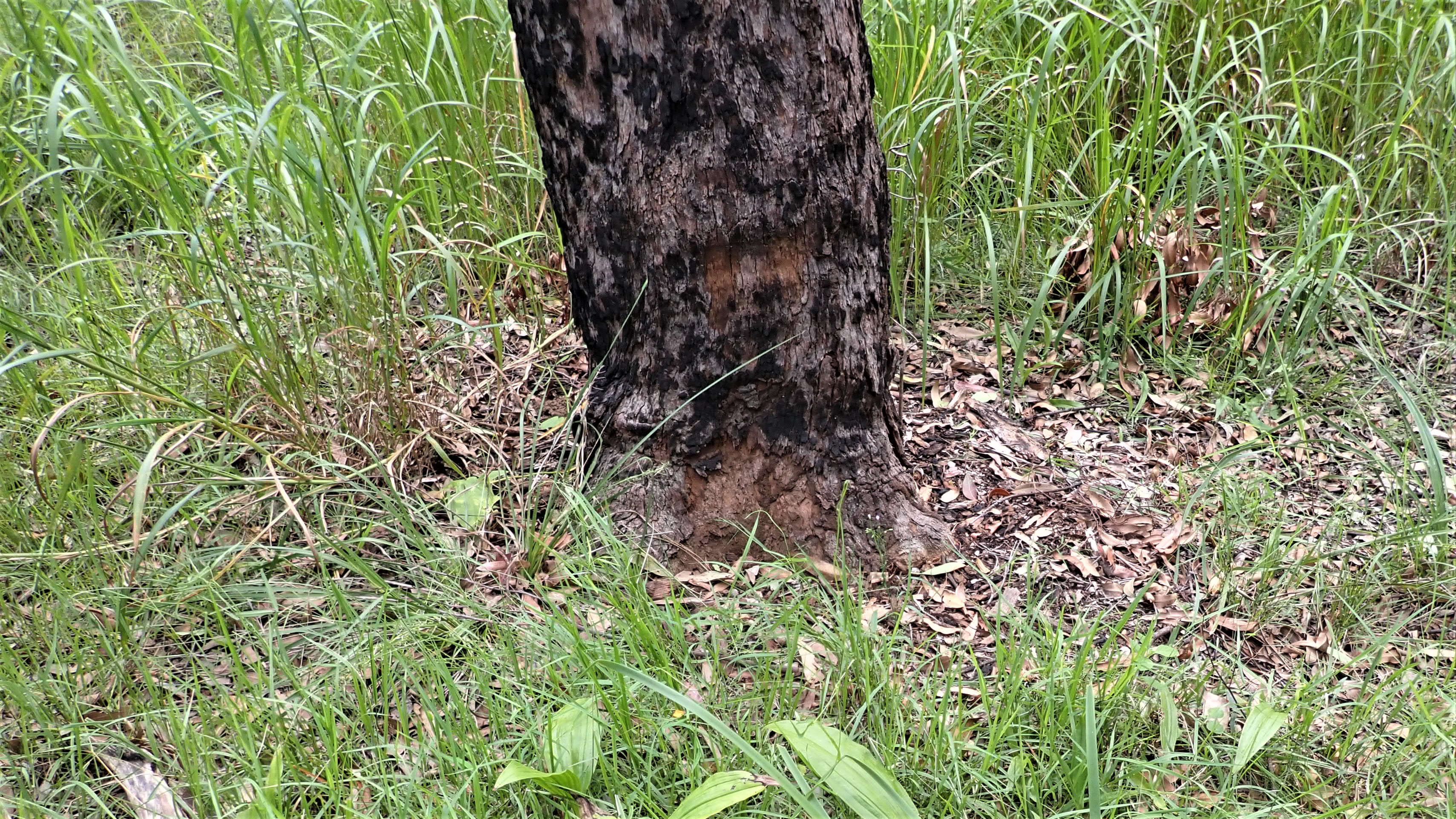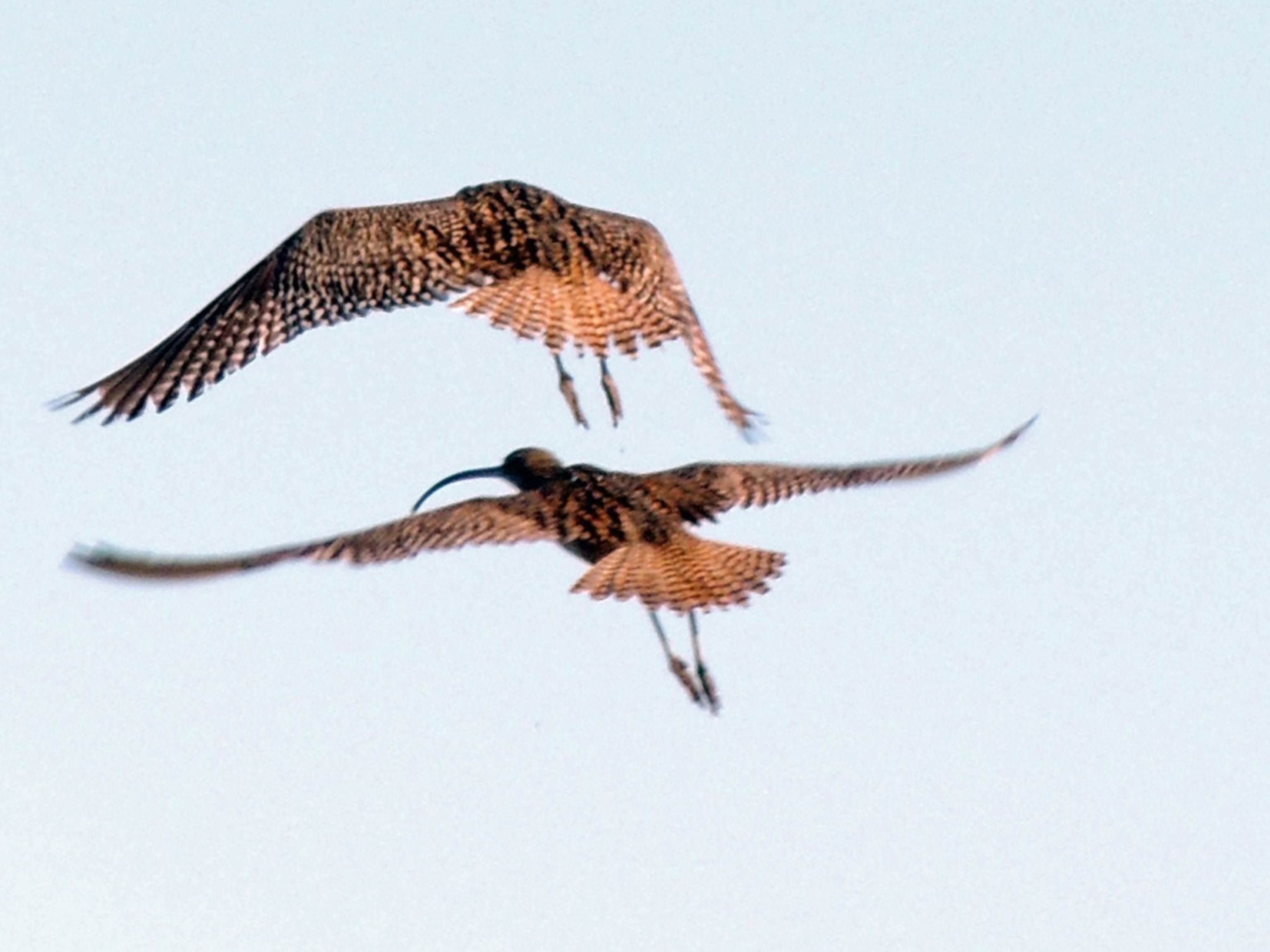Online course for the Shorebirds and Wetlands of Moreton Bay released today!
Short Course on the Ramsar Wetlands and Shorebirds is now available.
A pair of critically endangered Far Eastern Curlews drifting over Deception Bay
As we move through February in 2024 the migratory shorebirds in Moreton Bay are busily foraging in order to build up their fat reserves for their return flight to Northern Asia. Up to 28 species of migratory shorebirds including the critically endangered Far Eastern Curlew make Moreton Bay their home during our summer. As the summer closes these wonders are preparing for the breeding season in Northern Asia and Alaska where their upcoming summer will see a proliferation of insects needed to raise the next generation of migratory shorebirds.
Unfortunately, many of these species are in decline and a number of visitors to Moreton Bay are now on the endangered list. The Ramsar convention is an international treaty designed to conserve and encourage the wise use of our wetlands including their flora and fauna. The Moreton Bay Ramsar Site i...
The intertidal flats of Moreton Bay
Introduction
Along the sheltered shores of Moreton Bay, you will find a coastal ecosystem made up of a mosaic of saltmarsh, mangroves, seagrass and intertidal flats. Mangroves, saltmarsh and seagrasses are conspicuous by their vegetation and colour. On the other hand, the intertidal flats are devoid of vegetative structure, but don’t be fooled, they are a productive part of our bay.
On the landward or western side of the bay, the intertidal flats are characterised by soft mud (fine sediment) particularly where the wave action is low whereas sandflats, which contain coarse-grained sediments and are far more common on the islands of the eastern side of Moreton Bay. Depending on the landform and exposure to wave and currents you will often see local variations of sediment from fine mud areas to banks of sand flats. The soft sediment is loaded with invertebrates including molluscs, worms and crustaceans.
 A selection of mollusc (gastropod) invertebrates located in the intertidal fla...
A selection of mollusc (gastropod) invertebrates located in the intertidal fla...
Mangroves as nurseries for fish and crustaceans
Introduction
Coastal wetlands and in particular mangrove forests are known as nursery sites for species including commercially important fish and crustaceans. The turbid water along with the structure of the mangrove root system provides shelter from predators and food for many juveniles. But what happens when the tide goes out?
At first glance, mangrove forests don't appear as suitable habitat for juvenile fish
Impact of tidal flow
Many species, move out onto the tidal flats and water channels with the outgoing tide. Out in the open, they are vulnerable to predation from specialist hunters including raptors and kingfishers as well as predatory fish including flathead and adult bream. However, some fish and crustaceans are able to stay in the mangrove forest in the small pools of water left by the receding tide.

The receding tide leaves pools and rivulets suitable for fish to shelter during low tides
Generally in the shade, these tidal pools provide the food and shelter for...
An ancient tree dwells in Hays Inlet
Background
The dedicated staff of the Moreton Bay Regional Council are passionate about our wildlife areas, and I was recently invited to attend a pre-planning session for an area of reserve adjacent at Hays Inlet. The planning process looks at a procedure of developing a fire management plan to prevent hot destructive fires and maintain biodiversity using methods such as mosaic burning. Refer blog entry Mosaic burning (enviroed.com.au)
The first impression to the observer is the actual size and range of the area. It reminded us that there is still a large region of potential conservation land adjacent to the wetlands of Hays Inlet and the Peninsula. An intense bushfire passed through the area in 2014 and you could still see signs of the damage on several trees. However, there was also signs of recovery with a number of new trees germinating after the fire and in the process of reaching the mid canopy.

You can still see evidence from the 2014 bushfire
Much of the site was a dry ...
The Eastern Curlew: A wonder of Moreton Bay
The Eastern Curlew is a critically endangered wader. It is the largest migratory wading bird in the world and can be more than 60cm in height and is distinguished by having a large or elongated curved beak.
Like many migratory wading birds, it is listed as critically endangered by the Federal Government. In Australia, this species has declined by over 80% in the last three generations. The decline in numbers has been put down to habitat loss and a general decline in wetland habitats across Australia and East Asia.
Around August, each year, these amazing birds make a round trip from Siberia and Northern Alaska to Moreton Bay and the eastern coast of Australia for the summer months. The birds use the Yellow Sea as a halfway point for important rest and recovery area during their long. They can be observed foraging and feeding on molluscs and small crabs within the sheltered intertidal flats and exposed seagrass beds of Moreton Bay where they can use their large bills to extract their...
The Dawn Chorus: Urban Style
Sometimes underappreciated, the urban environment can provide habitat for wildlife. Gardens and parks and even nature strips offer food and shelter through native plants and trees as well as palms and even urban infrastructure. This short video provides a glimpse of a “dawn chorus” in the urban environment.
You may have heard of the dawn chorus where scores of wild birds announce their presence through song just before and after sunrise. Even in urban areas we get examples of this behaviour where birds reinforce their territories and bonds with their mates.

The players (L - R) Little Wattlebird, Rainbow Lorikeet, Little Corella
The first visitors to the garden are a pair of Little Wattlebirds with the male announcing his presence with his distinctive call. Within minutes the pair are joined by Rainbow Lorikeets who watch on and join in with their own twittering.
Recent summer rains have seen a proliferation of seed providing fodder for Little Corellas. Unlike most other birds, ...
A Green Turtle: A case study in South East Queensland
Image: Downloading the data from a satellite tag of Green Turtle T40221. (Courtesy of DES)
Although there has been a great deal of research on all the turtle species little has been known about our local Green Turtles that visit Moreton Bay. That was until researcher and turtle expert, Col Limpus provided some in-depth data around one individual Green Turtle T40221, including nesting and foraging data. Thanks to GPS tracking and monitoring efforts from Col and his volunteers we can now give you an outline of T40221’s nesting and foraging activities over a period of last 30 years.
Nesting data
“T40221”, a female Green Turtle, was first tagged at Mon Repos as a nesting turtle in 1989. Her carapace (shell) length was 103 cm and during that season she came ashore and laid a clutch of eggs on 6 occasions. She returned to the site on many occasions right up until this breeding season, 2020/2021. In this case T40221, demonstrated the capacity to lay many clutches over a breeding season. ...





